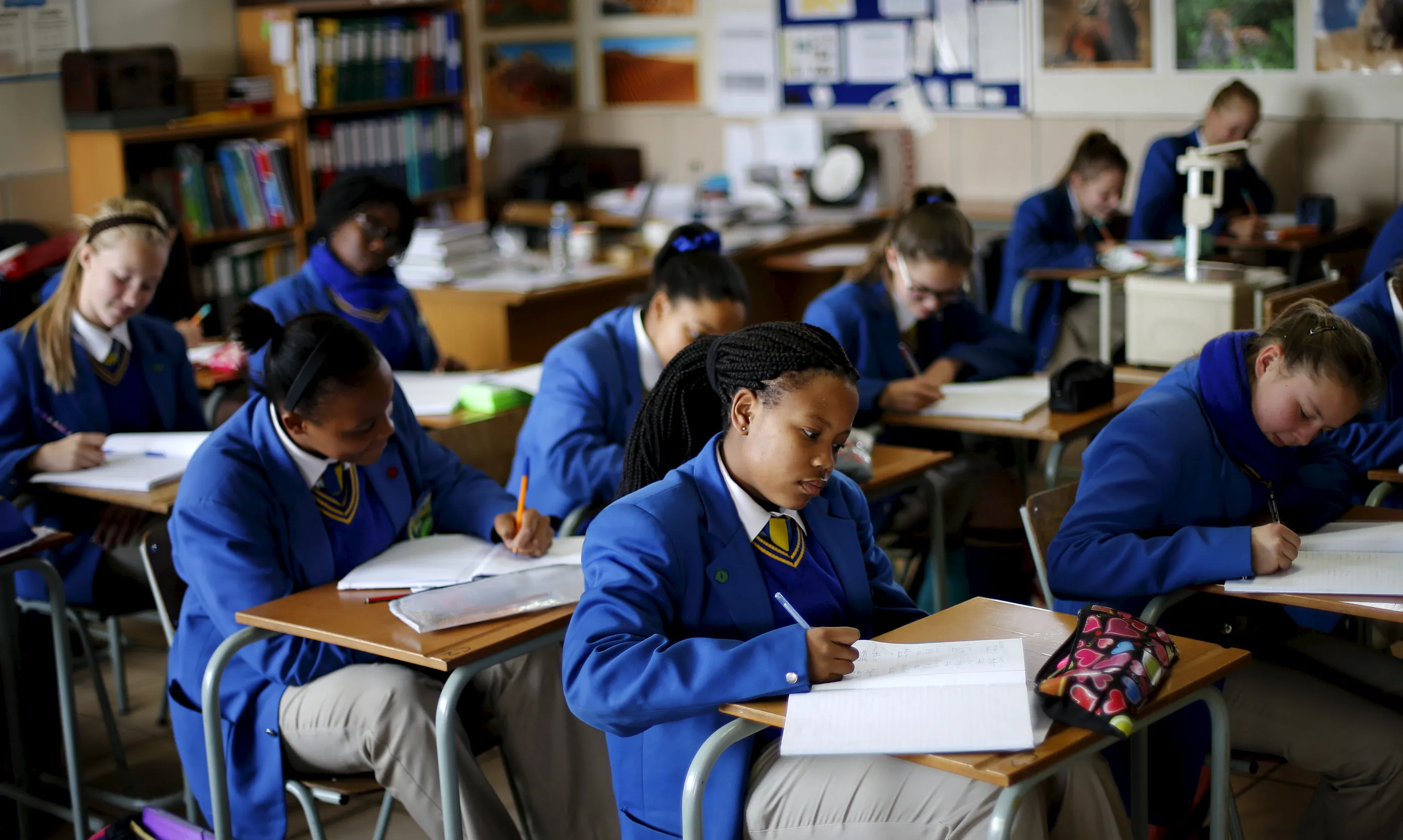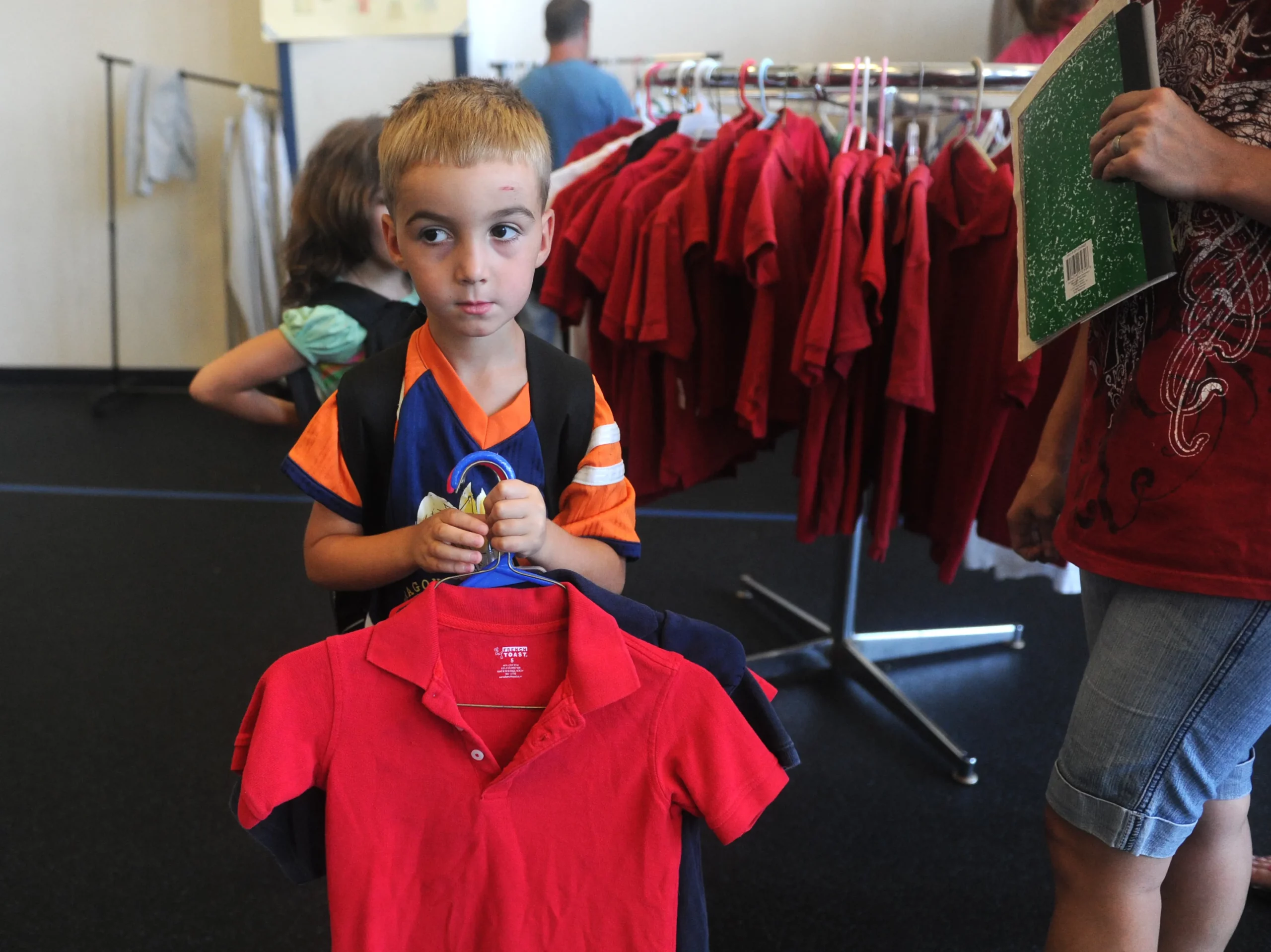The New York City Council has approved groundbreaking legislation aimed at making school dress codes more inclusive. On Thursday, the council passed Resolution 292, which mandates that the New York State Education Department (NYSED) ensure school dress codes allow students to express their cultural, gender, and body diversity.

Promoting Cultural and Gender Expression
Councilmember Althea Stevens, who sponsored the legislation, emphasized that the resolution pushes for a dress code that accounts for diverse cultures, gender expression, and body diversity. “This inclusive dress code is a step towards acknowledging and respecting the unique identities of all students,” Stevens said. The council believes that enabling students to express themselves through their attire will foster a more inclusive and accepting school environment.
Transparency and Accountability in Dress Code Policies
The new legislation also requires the New York City Council to post dress code policies on its website and provide detailed reports on these policies in public schools. This includes data on whether each school has a dress code policy, as well as monthly and weekly statistics on dress code violations and penalties, broken down by student race and gender. Deputy Speaker Diana Ayala, who co-sponsored the legislation, highlighted the importance of transparency. “Students and families should have the opportunity to easily access any school’s dress code policy in a central location on the Department of Education’s website and determine if their individual schools’ policies are truly nondiscriminatory and aligned with DOE guidelines,” Ayala said.
While a detailed dress code policy has yet to be published on the NYSED website, Stevens assured that there will be “meaningful dialogue with our youth and the Department of Education to fine-tune the specifics of the dress code policy.” She stressed the importance of allowing school-age children to have a say in shaping the changes they want to see in their schools. Stevens hopes that this initiative will lead to “consistent, inclusive, and fair policies across our school system that do not unjustly target our students.”
Addressing Disparities and Impact on Students
According to the NYSED, there were 937,118 K-12 students in New York City between 2022 and 2023. The U.S. Government Accountability Office (GAO) has reported that nearly all U.S. public school districts require students to adhere to dress codes. However, the GAO noted that many of these dress codes often make the school environment less equitable and safe for students, particularly affecting girls and students of color. The GAO’s 2022 report on K-12 education found that school districts more frequently restrict items typically worn by girls, such as skirts, tank tops, and leggings, compared to clothing typically worn by boys, like muscle shirts.

The GAO also highlighted that most dress codes contain rules about students’ hair, hairstyles, and head coverings, which can disproportionately impact Black students and those of certain religions and cultures. By implementing more inclusive dress codes, the NYC Council aims to address these disparities and create a more equitable environment for all students. This legislation marks a significant step towards fostering inclusivity and fairness in New York City’s public schools. By promoting cultural and gender expression and increasing transparency in dress code policies, the council hopes to ensure that all students feel respected and valued.
